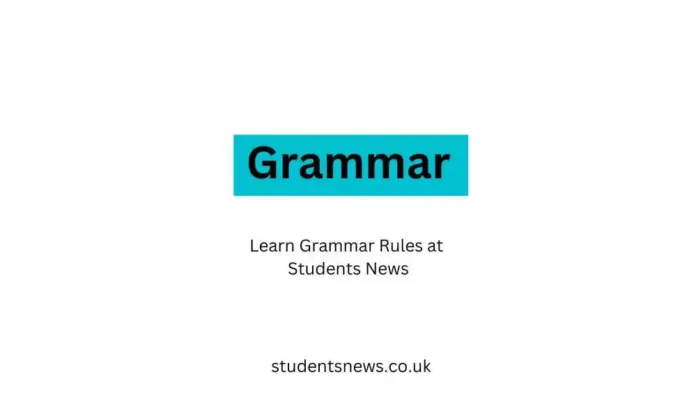Have you ever wondered about the word “be”? It’s a tiny word, but it holds a lot of importance in the English language. Let’s dive into what “be” means and how we use it in everyday life.
What Does “BE” Mean?
“Be” is a verb, and it’s one of the most common and essential verbs in English. It’s used to describe a state of being, existence, or occurrence. Think of it as a way to say that something or someone exists or happens.
Forms of “BE”
The verb “be” has different forms, which change depending on the subject and tense:
- Am: Used with “I”. For example, “I am happy.”
- Is: Used with “he,” “she,” “it,” or a singular noun. For example, “She is a teacher.”
- Are: Used with “you,” “we,” “they,” or plural nouns. For example, “They are friends.”
- Was: Past tense, used with “I,” “he,” “she,” “it,” or a singular noun. For example, “He was tired.”
- Were: Past tense, used with “you,” “we,” “they,” or plural nouns. For example, “We were at the park.”
- Being: Present participle, used in continuous tenses. For example, “She is being helpful.”
- Been: Past participle, used with “have” or “had.” For example, “They have been here before.”
How We Use “BE”
-
To Describe Identity or Qualities
- “I am a student.”
- “He is kind.”
-
To Indicate Location
- “The book is on the table.”
- “They are at the beach.”
-
To Talk About Time
- “The meeting is at 3 PM.”
- “Her birthday was last month.”
-
To Form Continuous Tenses
- “I am reading a book.”
- “They were playing soccer.”
-
To Create Passive Voice
- “The cake was eaten by the kids.”
- “The movie is being made in Hollywood.”
Examples in Sentences
- Present Tense: “She is a doctor.” Here, “is” tells us her profession.
- Past Tense: “They were happy.” “Were” tells us about their past feeling.
- Future Tense: “I will be there.” “Will be” indicates future presence.
Why Is “BE” Important?
Understanding how to use “be” correctly helps you build clear and accurate sentences. It’s a fundamental part of learning English because it connects the subject with what you’re saying about the subject, whether it’s an action, state, or quality.
Conclusion
The verb “be” might be small, but it plays a big role in English. It’s used to describe, locate, and identify things and people. By mastering “be” and its forms, you’ll find it easier to express yourself clearly in English. So next time you use “am,” “is,” or “are,” you’ll know exactly why you’re using it and what it means!


